For a decade, the collection is a taboo subject. The subject becomes same passionate and that is never good, between supporter collection or "everything photographic". I am a strong supporter of the collection, provided of course that it either the point of departure of a scientific study. If the collection is the goal in itself, it is a collection of stamps, and his interest is more questionable.
More directly, I would say that I've never met a systematizer which does not reference collection develop. The collection is a basic element of as important as the bibliography.
One reply that photography can substitute for the collection, it is totally wrong. How many times was asked to determine a Sphingidae on cliché, and I was obliged to respond that it was impossible. It is insects that pose no problem, but if we begin to understand a little delicate genres (Manduca, Xylophanes, Ambulyx,…), the determination seeks a closer examination of the back, legs, antennae, and most often the genitalia (genital armatures of the male or the female).
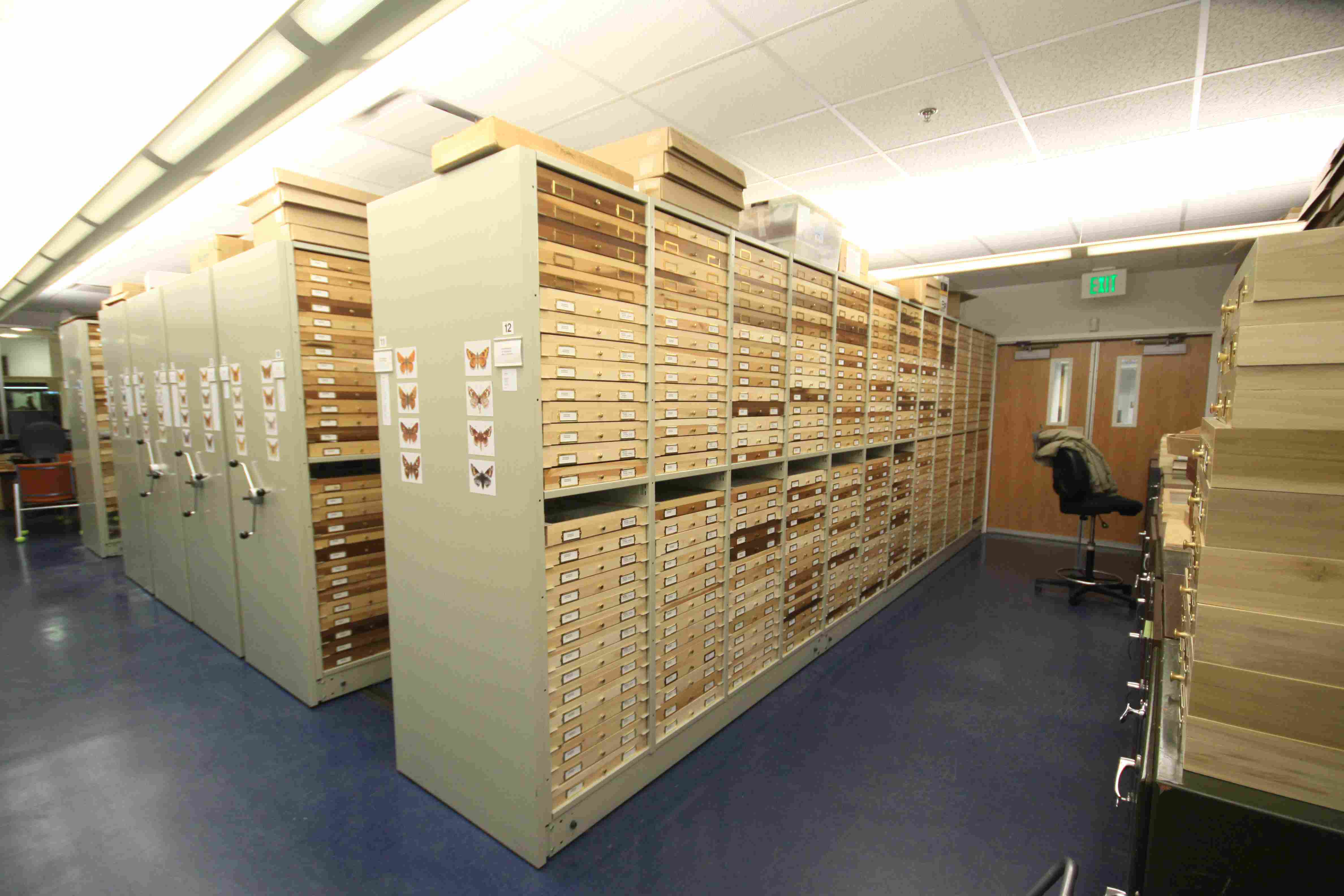
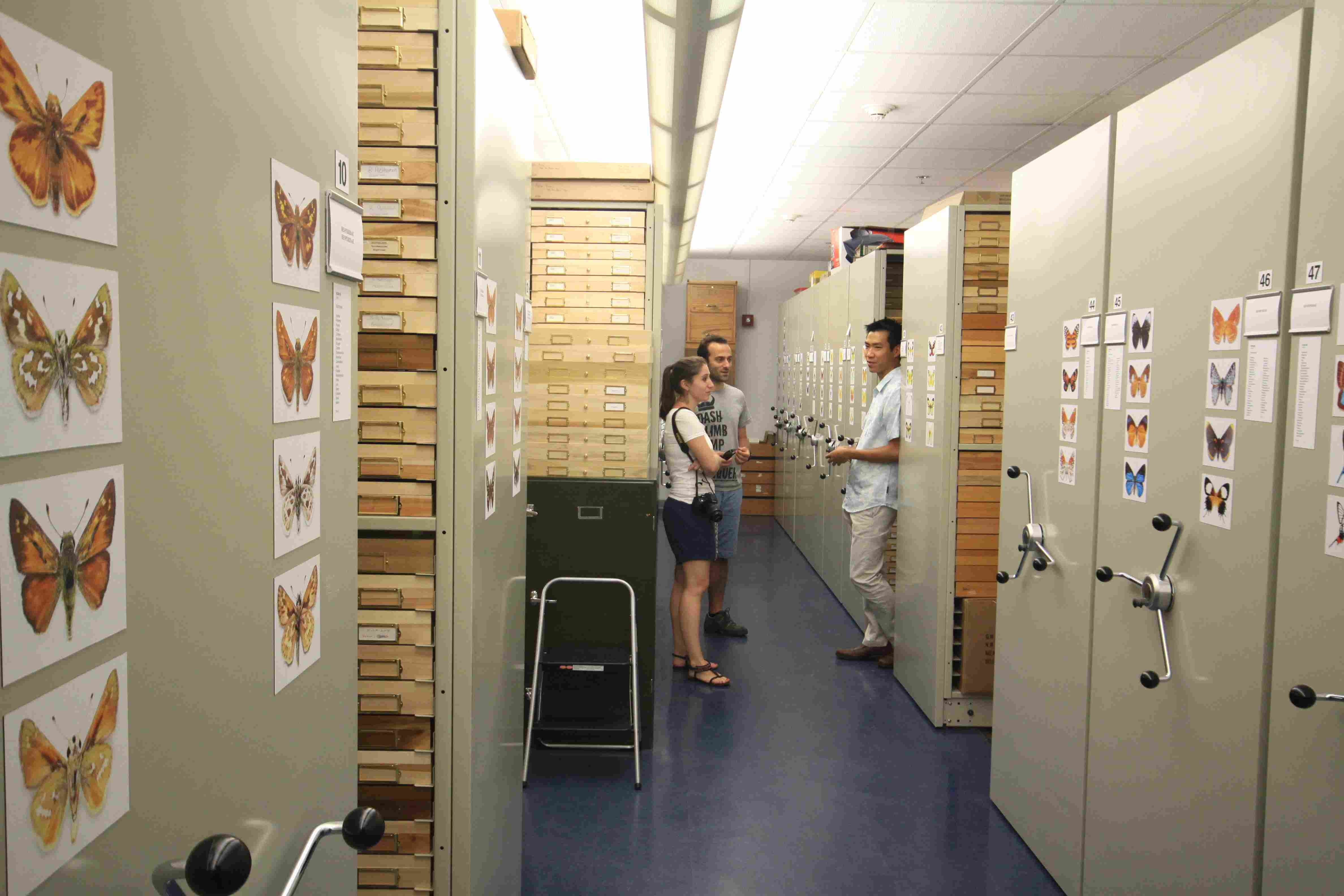
The exceptional collections of Mac Guire Center, Gainesville, USA, Florida © Jean Hanif
More importantly, how to describe without specimen? The work of description is based on the designation of a holotype, which will serve as a reference. It will be deposited in a major Museum, and will remain indispensable for all further work. The systematic without consultation of the types is incomplete, inaccurate, non-rigorous work. I know that some species have been described in photos, but I am totally opposed to this practice. The visit of the great museums, localization and examination of the types, their photography are tedious but unavoidable steps. Always return type should be the motto of the Roman.
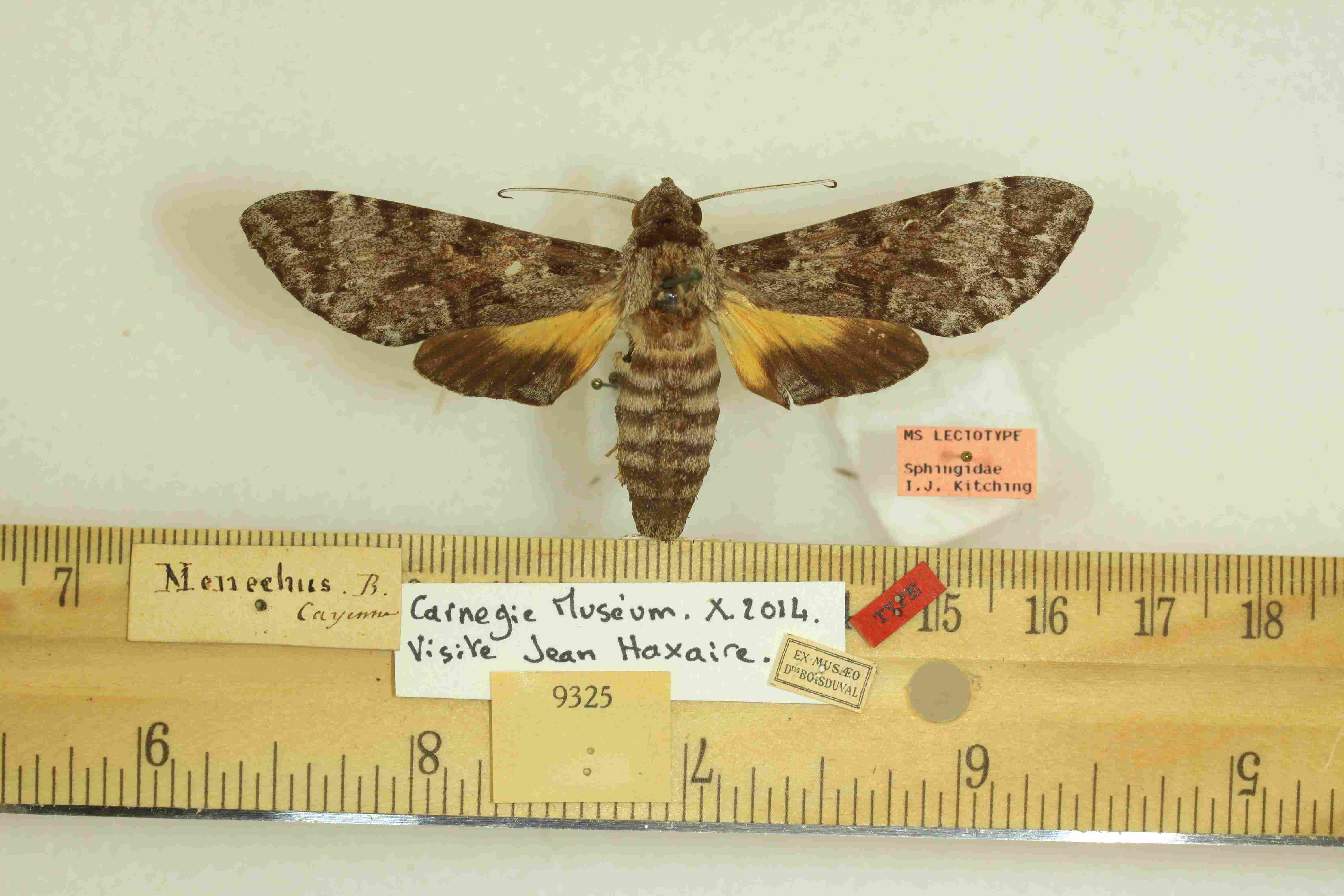
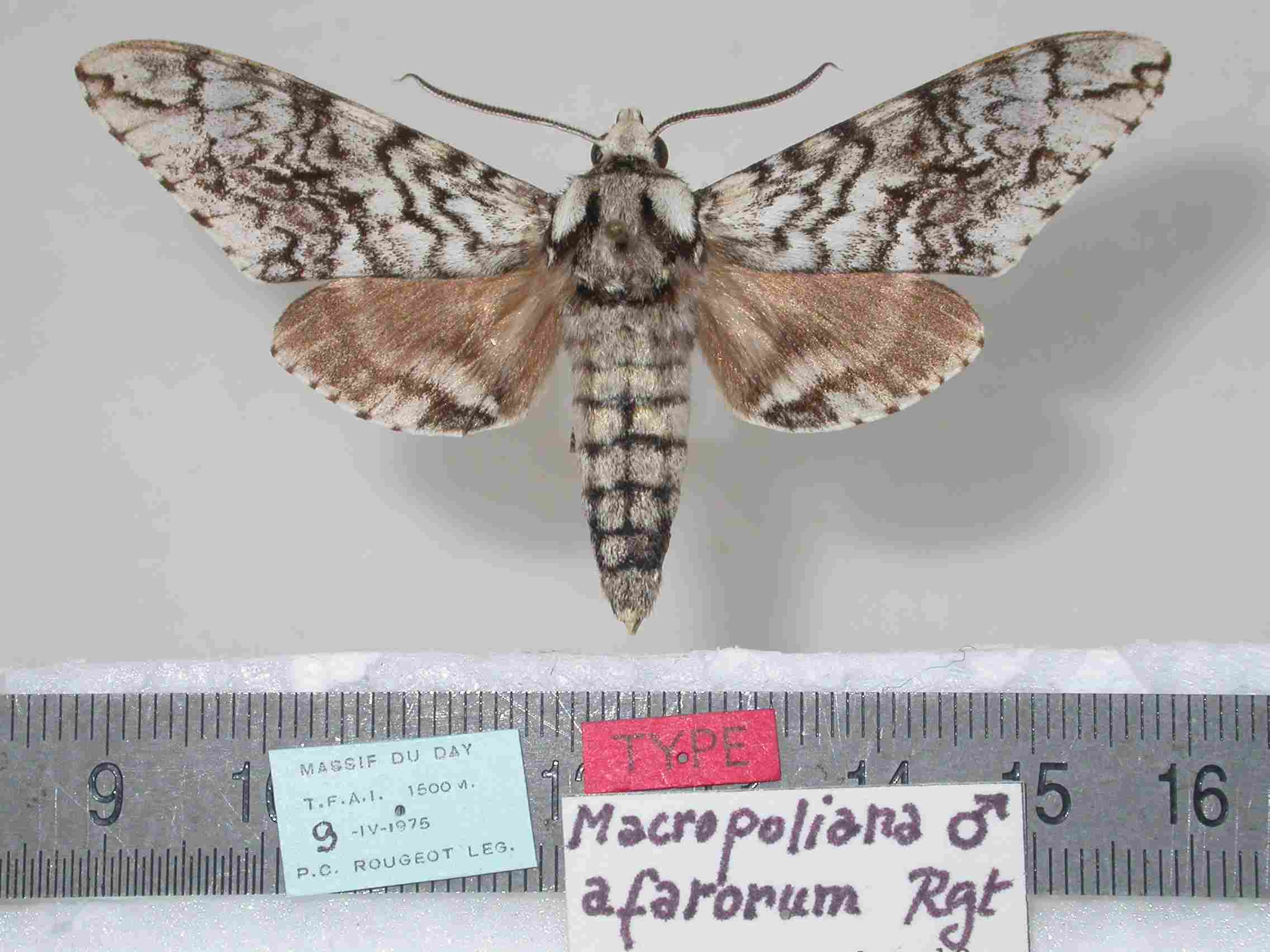
Two typical copies: female Holotype of Isognathus menechus (Boisduval), an[1875]d holotype male Macropoliana afarorum Singh Rathore, 1975 © Jean Hanif. Note, yet collected Boisduval insect in very good condition there are more than 140 years.
Since the explosion of molecular taxonomy, DNA has become tool. 6000 samples were taken on my collection of Sphingidae of the world, as basis for the development of a database containing sequences of more than 90% of the world fauna. No collection, no reference specimen, not possible sampling, so no database.
Finally, and this is may be the most important, the collection is a snapshot of the State of an ecosystem. Entomologists are often the first to report the scarcity of a species where its possible disappearance. When we look at the old collections, one is sometimes struck to see how a species encountered never was frequent. The collection is therefore an excellent thermometer.
Except some species of highly localized Rhopalocerians (Parnassius, Papilio…), never the collector, even more hard, did endanger a population of butterflies. The levy in night fighter is low (contrary to a widespread idea, the lamps do not attract very far), and the majority of attracted copies are males. The ecological value of a male being (a female will be still fertilized, since a single male can fertilize many females), the removal of a few males cannot possibly change the density of a population to the next generation.
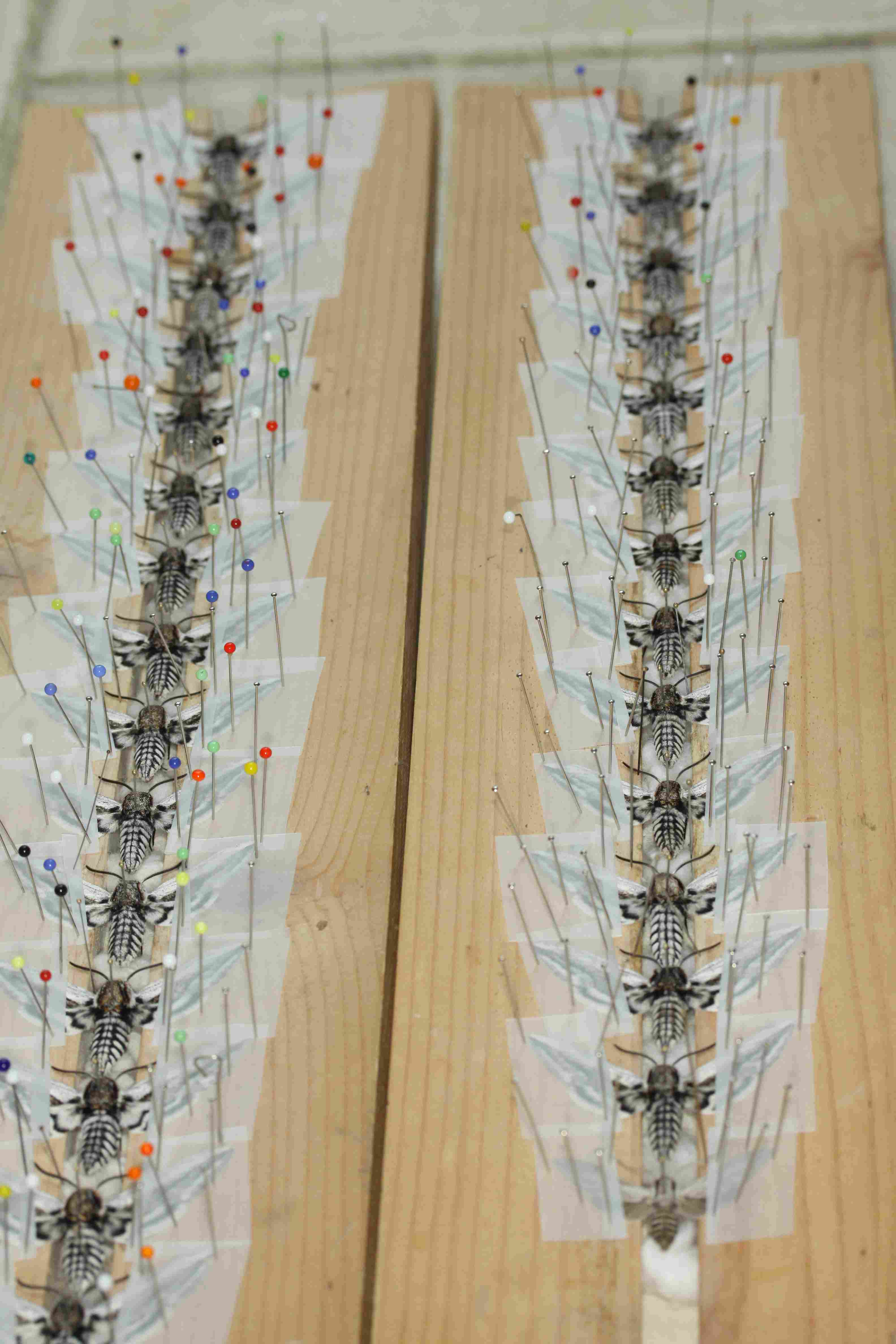
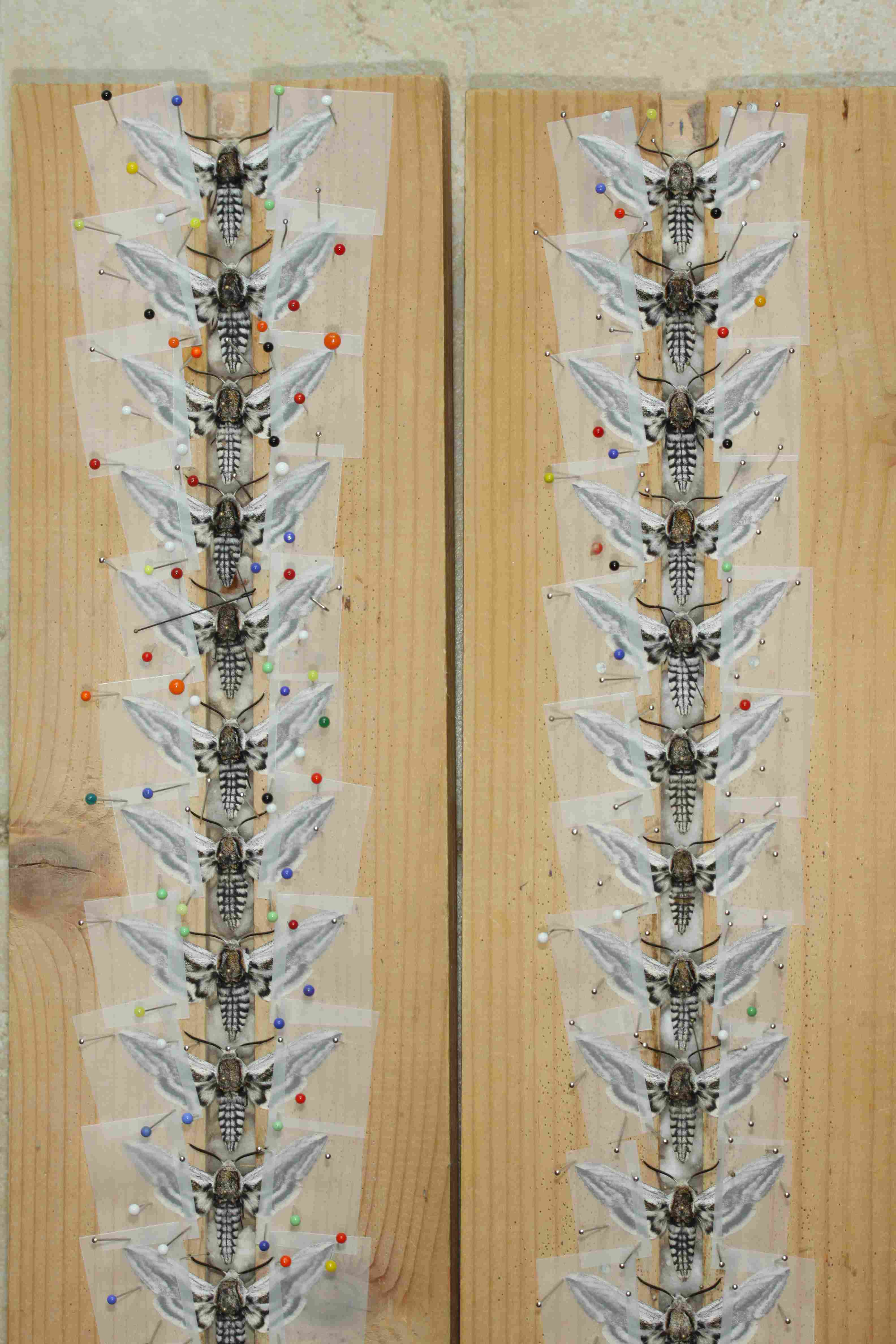
Shoplifting is a tedious but important exercise for the return of the missions of prospection © Jean Hanif
Insofar as molecular analysis is now a classic operation, it is important to keep the specimens (just after collection) under strict conditions (good drought, no steam of ammonia, no chemical product that misrepresent the DNA). After shoplifting, drying must be fast but especially not forced (in oven) as some practice, because it irretrievably destroys the genome.
It will never insist enough on the importance of labelling. Under a seriously prepared copy, at least note the date, the locality (with GPS coordinates), the harvester, the capture conditions (interception trap, hunting UV, threshing, thread..). If the insect was on a plant, this plant will be noted (if feasible).
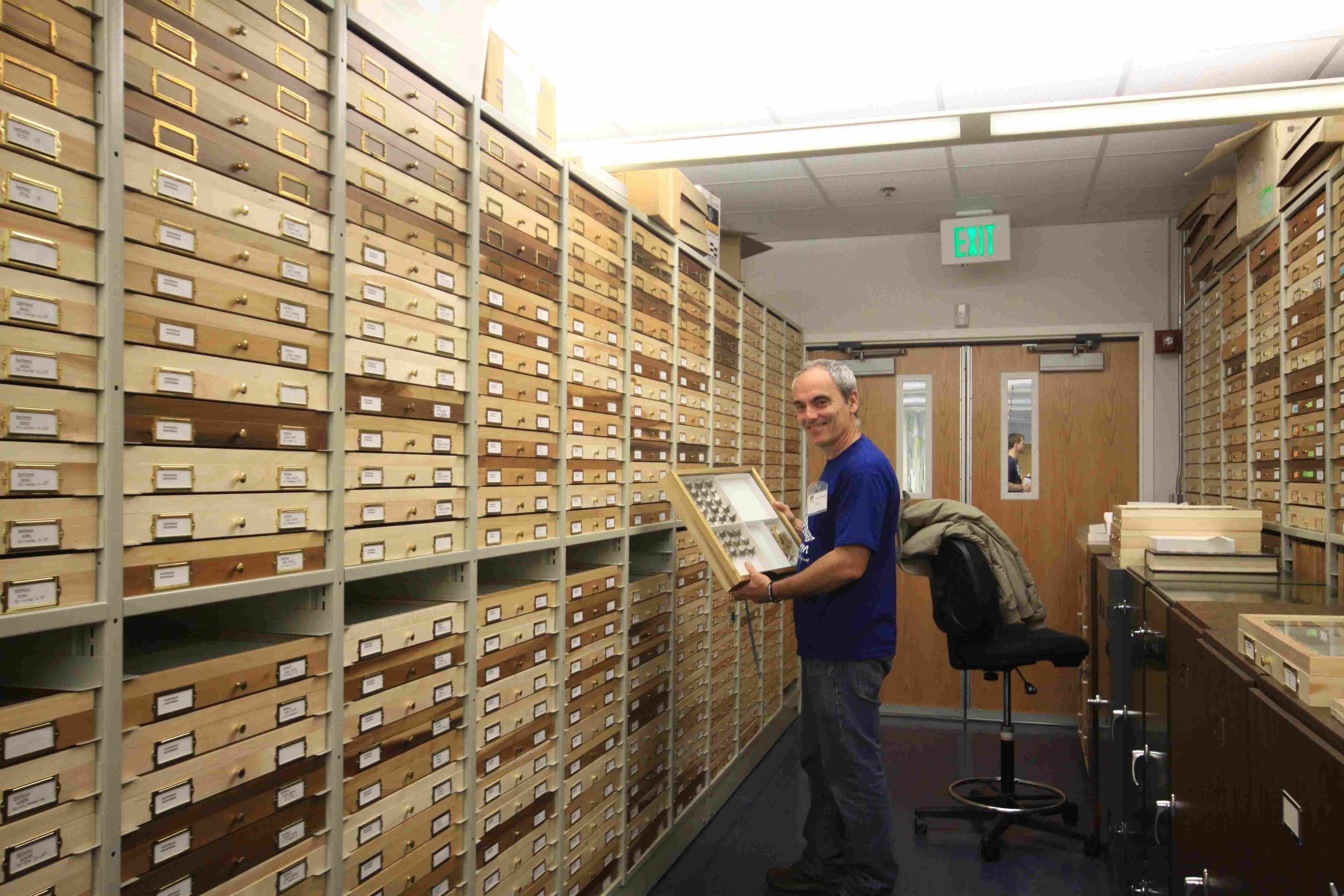
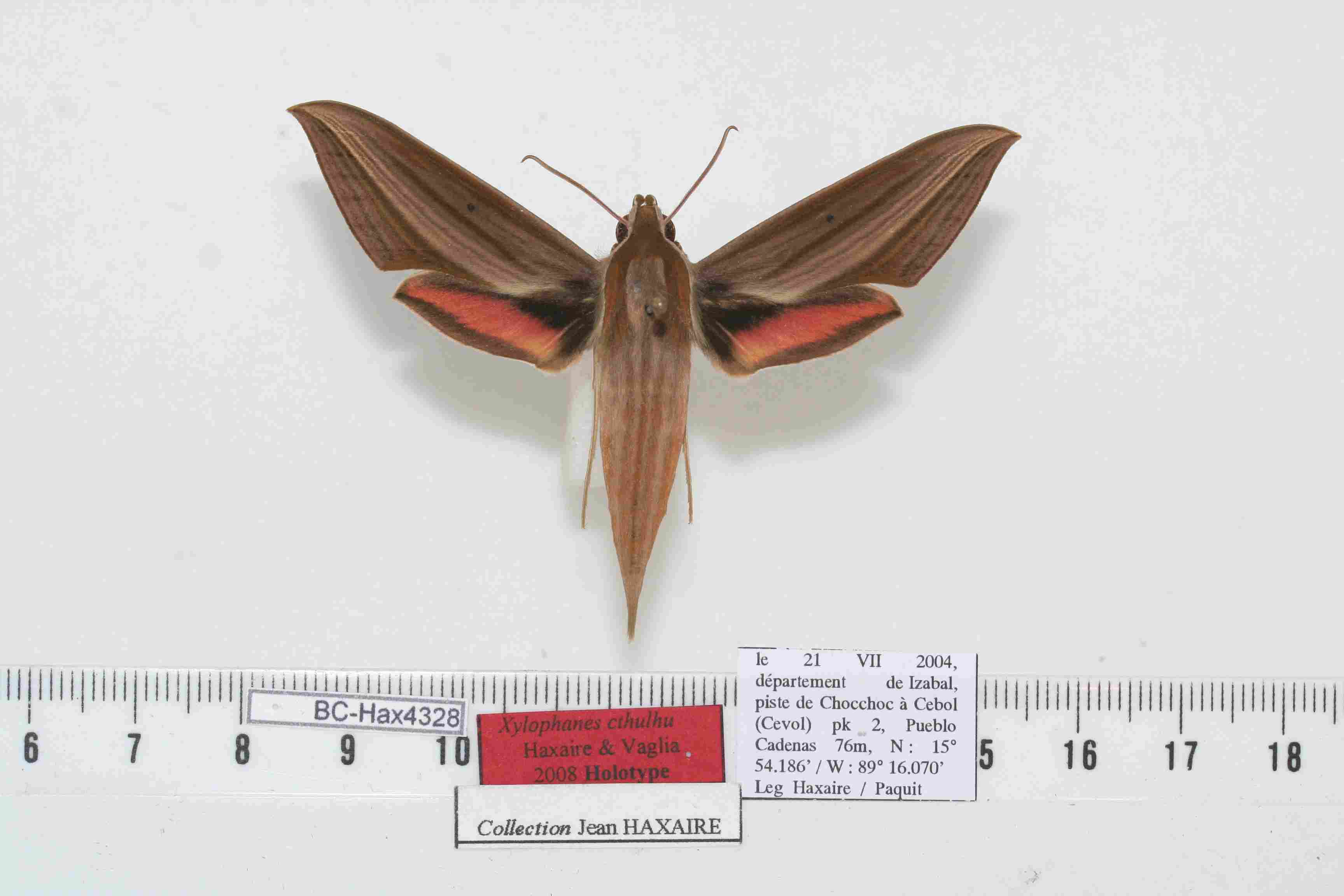
Meeting at the Mac Guire Center, Florida. On the right, type Xylophanes cthulhu Hanif & Vaglia, 2008 showing a normally informed label © Jean Hanif
A label with the name of the insect is ultimately optional, we will always find this information. On the other hand, a locality imprecise or incorrect will be a real obstacle to serious exploitation of the sample. After that the display is perfect or not comes to collection management. I have already consulted (and I consult more) collections where insects are not even spreading, just pitted, but with a perfect labelling. It is the most important.